Curious about successful and failed Kickstarter campaigns and their data from previous months? Check this tag to see all our posts for 2015 so far. First, let’s shine a light on some of the cool campaigns of May that unfortunately failed to attain their funding goals.
Note: All non-US $ amounts have been converted to dollars based on exchange rates as of this writing.
DreamCage 28 (Previous Coverage)
Raised: $2,642 of $10,000 goal
Okay, so I admit to being a bit of a sucker for adventure games. I also completely recognize my adoration of most any game which manages to provide gorgeous visuals to enjoy while playing. DreamCage 28 hit both these points easily, and also seemed like quite the unique title as well. This surreal point and click adventure takes place within a cage where you must solve a variety of puzzles and interact with locals. Heck, unlike many Kickstarter folks, they already had a previous game completed (with a similar theme) which was freely available for prospective backers to try out. However, interest simply failed to swarm about DreamCage 28, leading to the campaign’s cancellation.
Raised: $8,363 of $68,200 goal
Yes, I know, here’s another point and click adventure with a serious sense of style. But that’s not all that Ira brought to the table. It featured three storylines which occurred at different points in time, but were all related. The concept of following Ira from young, inspired youth to making their dream come true – complete with horrible ramifications – seemed incredibly interesting. Unfortunately, this is another campaign which was somehow glossed over by the mainstream. Although they ended up accumulating nearly 500 backers by the end, only a small chunk of the total funding goal was raised, so developer Ore Creative made the move to cancel it. Ira will return to Kickstarter as an episodic series, receiving funding for only one episode at a time, in the near future.
Outland 17 (Previous Coverage)
Raised: $6,093 of $10,000 goal
To me, channeling XCOM in a Kickstarter pitch (and following through on that instead of simply paying lip service) it seems hard to fail. Yet, the American Revolutionary War-inspired tactics title Outland 17 failed to achieve its totally acceptable funding goal. This is one of those instances that leads many to go “how did this happen?”, myself included! The most likely issue was a lack of knowledge that this project was even out there on Kickstarter. No matter how awesome your game may be, it’s highly unlikely to get funded if people don’t actually discover it. In any case, Outland 17’s team are not giving up. They’re promised to re-launch at some point in the future.
Outward (Previous Coverage)
Raised: $46,556 of $120,607 goal
Outward was a big campaign asking for a hefty sum of funds, but it made sense why. This open world co-op survival game was set to be quite an immense experience, after all. Sometimes grand ambition works in your favor on Kickstarter, but other times it just bites you in the behind. It seems Nine Dots Canada were unceremoniously subjected to the latter. Without the proper push on social media or press outlets (or ultimately, both!) getting a $100k+ campaign to succeed is an immense challenge. The team have committed to looking into other funding avenues and interested parties can follow the continued developments on their forum.
Over The Hills And Far Away (Previous Coverage)
Raised: $3,150 of $9,185 goal
There’s a whole wealth of visual novels out there and many feature totally distinct, intriguing storylines and characters. With that said, a large portion often focus on the basic framing of “high school students doing something” which, while totally fine, opens up room for different sorts of stories for fans to consume. Over The Hills And Far Away was looking to be one such unique offering. It was based around The War of 1812, of all things, which I’m almost certain has never been used as a background for a visual novel before. The story was one of just a few characters, and appeared subdued. In my opinion, this Kickstarter simply didn’t get noticed by enough people, as right now almost every crowdfunded visual novel is seeing heavy funding. WarGirlGames have since opened up a Patreon for folks to support their development costs.
Now that we’ve gone over a few select losses for May, let’s actually look at comprehensive failed campaign data. Get ready, as there’s a lot to go over!
How many video game campaigns failed this month on Kickstarter? 108! This is higher than April’s exact 100 and March’s 105, which makes May the month with the most failures thus far. That doesn’t mean so much on its own, just that there is a continued increase of attention on Kickstarter by everyone, not just folks with projects ready to be showcased. In fact, things are less grim than last month despite the increase in failed campaigns. If we take the proportion of successful campaigns from all of them in April, we wind up with a 17% success rate. However, for the month of May we get 26%. 1/4th of campaigns making their goal may not sound awesome, but compared to the iffy year Kickstarter had been having prior this news is deserving of a thumbs up. Let’s just hope the rate will at least remain static. Obviously it’d be fantastic to see this percent increase even more, but I’m not quite ready to make that jump!
Now, it’s imperative to look over various features of these failed campaigns. As crowdfunding fans are well aware, not every project on Kickstarter is worth backing. After all, sometimes folks just throw a paragraph of typo-laden text alongside a scribble and call it a day. 23 campaigns in May fell into what I call the “low information” status, which means they’re offering only a few paragraphs of text at most, feature no video whatsoever, and don’t even have a screenshot to tempt folks with. This is a decline from the 36 of April, which is a positive. With that said, even if a campaign hasn’t been counted as “low information” officially, I’d personally suggest that at least 10 more edged precariously close to the unfortunate distinction.
It appears many more project creators are becoming savvy about funding, enough so to know when they’re almost certain to fail. This is evidenced by the rise in campaign cancellations by a developer’s own hand. Last month there were only eight campaigns canceled. This trend is also evident from the fact that so many of the campaigns I featured earlier in the article were canceled rather than simply allowed to timeout on their own. Holding firm to the belief of last minute multi-thousand dollar funding seems to be waning. To be fair, that is a pretty rare occurrence unless a campaign is already outrageously well known (but not yet funded) for some reason. Folks are also continuing to re-launch campaigns, although obviously not always with a successful conclusion. 10 campaigns were repeats that failed in both small and massive form to reach their goals.
One aspect which offers reveals insight into the potential problems of crowdfunding is looking at how much money was asked of backers versus how much was actually raised. In the month of May every failed campaigns’ funding goal added up to a little over $5 million. My goodness. For reference, May’s total funding for successful campaigns was $899,409 (with a goal total of $576,093). As always, it appears that one of the most massive stumbling blocks for unsuccessful campaigns is pricing campaigns in a crowdfunding-unfriendly manner. Note that I’m not saying these campaigns do not necessarily deserve or cost their asking price, just that the crowdfunding world has a very skewed perception of what games cost. With all that said, the $1.6 million asked for Rabbit Run is the biggest chunk of this month’s total because some campaign has to be the one asking for over a million. But hey, it’s no $5 million like Realistic Zombie game from April!
$301,770 is how much was actually raised between all 108 failed campaigns this month. Yep, a far cry indeed from the multi-million expected. With that said, this is quite the increase from April which was closer to $100k and puts things back on track with March. Average funding between all these results in a super small $2,794. Not a single one of these Kickstarters raised over $50k themselves, meaning there’s not much adjusting to be done for statistical anomalies. With that said, there were definitely a few campaigns which raised nothing at all. Which campaigns raised the most in funds before not receiving any of the money? Outward, Epic Everything, and Tower Unite all made over $35k which is pretty impressive for a batch of unsuccessful projects.
In total, there were a maximum of 7046 backers involved in unsuccessful Kickstarters this month, not accounting for folks backing multiple in a month. If you break it down to see average amount of funders per campaign the result it about 65. That’s not stupendous, of course, but some campaigns have succeed with as many or fewer backers. With that said, our few quite strong performers did take 1000 backers or more themselves, so let’s remove them from the equation. The new average backer per campaign value drops to approximately 45. Coincidentally, that’s the exact same average number as in April. Although it can’t be proved just yet, I completely expect next month’s campaigns will have a much higher backer count overall (both in funded and unfunded territory).
26 of all failed Kickstarters in May were by people who have used the crowdfunding service before in the past with other campaigns. For many, it seems that the concept of actually putting serious effort into a project has not yet entered their thought process yet. Even when some notorious continuous campaign runners finally drop out of the running, new folks just replace them. 47 campaigns that failed also happened to use a non $ U.S. currency. Does this mean anything? I’m increasingly beginning to believe not, as it is not the existence of other currencies that worry backers. It seems the larger issue is that Kickstarter is a newer quantity in other regions, so those folks have not caught onto what it takes to be successful to the same degree as U.S. teams. Well, sometimes U.S. folks have no idea what they’re doing either!
May was a nice boost up from the doldrums of April. With that said, I feel comfortable attributing a good deal of this upswing to the arrival of both Yooka-Laylee and Bloodstained: Ritual of the Night in early and mid-May respectively for it. We will need to wait for data to come in for June and onward to know for sure, but that’s my personal take on the matter.
Check out our forums if you’d like to see every single failed campaign in May (or heck, all of 2015!). Were there any that you wanted to see get funded? That’s it for the failed Kickstarter video game campaigns of May 2015. Be sure to check out our other month-end Kickstarter data recaps.

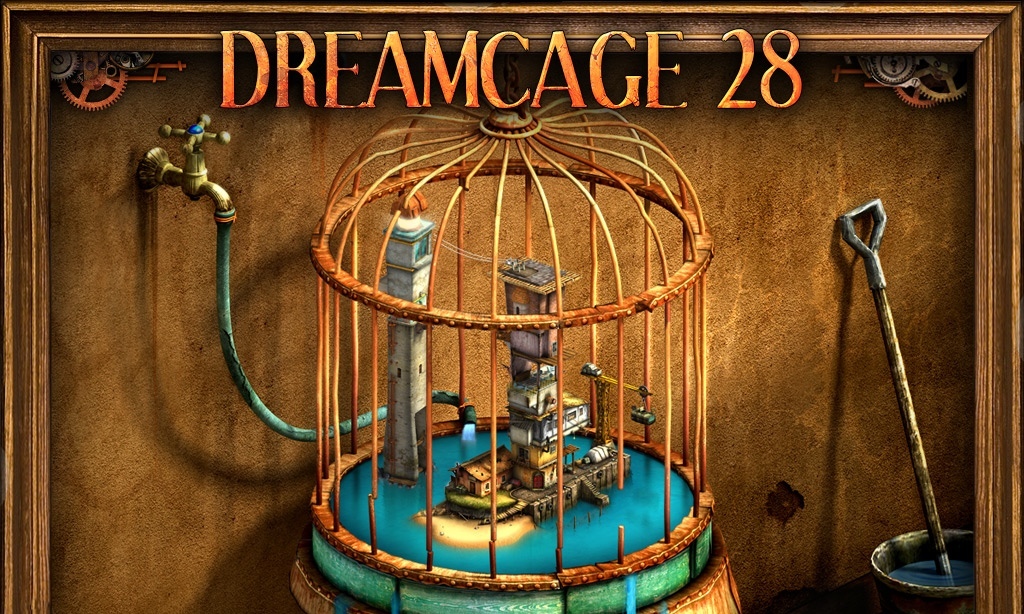
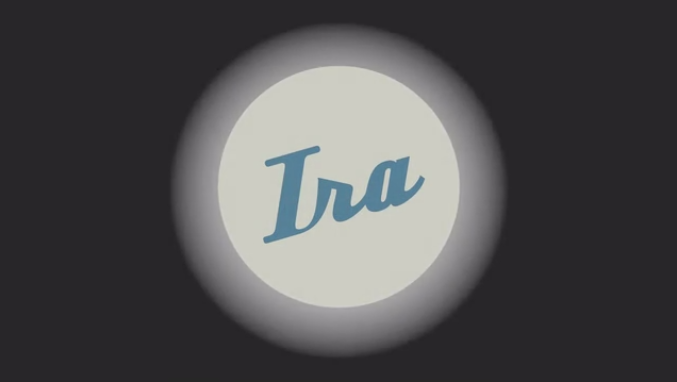

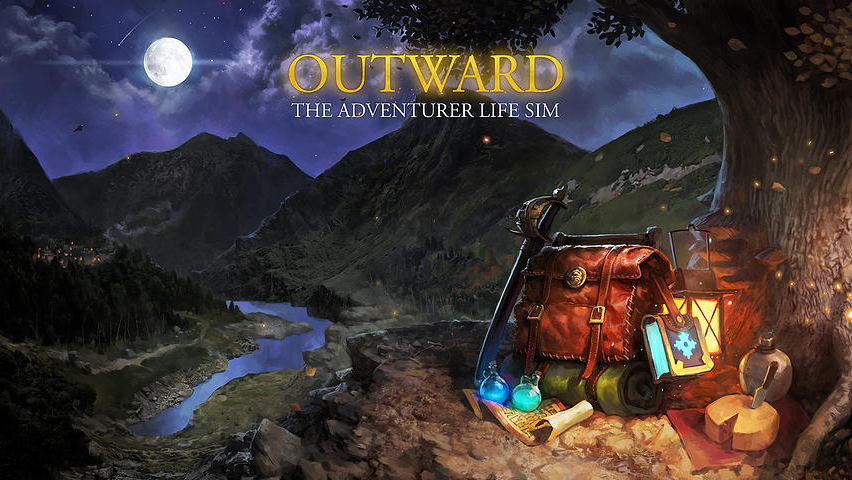

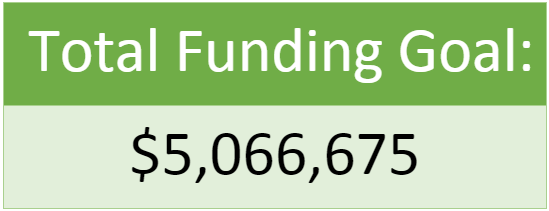
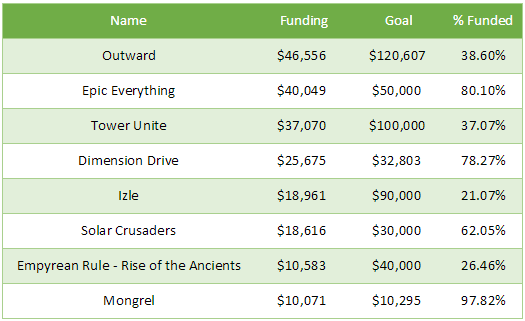
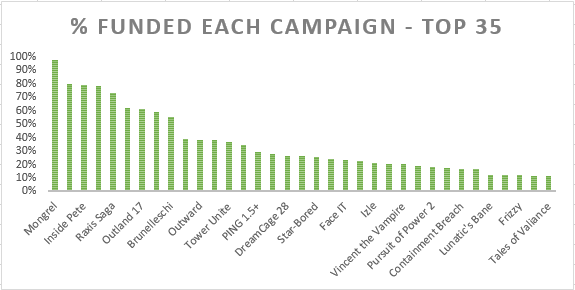



I know you have to count them in but it is really annoying data-wise to have to include half those campaigns that lack information or are either almost meant as a joke..on another note i’d like to see a data showing failed campaigns by country..not that this is relevant but…I know that there is some countries that get funded easier than other.
Asian countries for exemple..i’ve just never seen one fail. Spain doesn’t propose a lot of projects but usually get funded. France has also a good ratio of success (Shiness, Planets, Edge of Eternity..).
If a pattern can be find one way it can be find on the other end.
Also on the remaining other half campaigns that are actually worth talking and failed :p.
For me Kickstarter didn’t change much since 2012. If the masses see a worthy project they still comes in large flock to back it. What changes is that resulting from those very bad campaigns done back then 2012-13 which Hero-U could be a good exemple. The faith of people has wavered.
Backers felt that those creators were more after the money than the aspiration of creating a game.
Since then the creators have changed (mostly). I personally have more trust in creators from 2014-15 than before, their presentation, accounting makes more sense to me.
But the feeling of having been fooled around by creators than came to us with a paper and an idea..is still lingering and pestifering. To the point that now if your game is good or not there is some fatal error to not reproduce.
One of them i find is coming to KS unprepared, without updates, without comments on the comments section overwhelmed maybe by private messages. It gives off this unease impression that you don’t care about your project Aka the little devil inside. Second, you have to come to KS with press coverage before the launch or at least have that on roll.
You can’t expect the press to take an interest on you after. You’ll probably pass half your campaign just trying to reach them. Then there is the pricing. Outland 17 is a good exemple there.
On those failed campagin that did good you may realize that the early bird are always gone. it is usally set at 10$ and honestly setting behind the price at 15$ or even 20$ (outland case) IS A HUGE mistake.
Rather than setting an early bird if you’re gonna do it this way like Outland just don’t set one and put an unique price at 15$. Also people are inclined to put 10$ but having to put 15$ after gives off the impression to have missed the deadline and that you have to pay more because you are a sore loser at a race.
I think a gradual early bird like 100 at 10$ then 250 at 12$ then 500 at 14$ with a unique price at 15$ for exemple is a better way to handle it. Because some people can put those 15$ a lot cannot indulge themselves financially they will back at 10 maybe at 12 but 15 is another step.
I originally backed all the project that failed and you show before backing out. So i can t least speak for myself. Issue for me for Outward was that it is an unknow team asking for a lot of money while showing off something than not impressive for it. Take a look at Umbra that doesn’t ask that much more..this one looks like Mount & Blade Warband mixed with Two Worlds (the first one). The background also felt short i’ve never felt compelled like the game was created before and the story was a bit thrown out over it to have something to talk about (and i am probably not wrong about it lol. it felt like their were creating the background along the campaign..).
Ira is lacking information simply put. Look at the presentation. You can see the pattern 3 sentence one mini-picture and in the end it doesn’t show much and doesn’t say much. Then you can add to that the numbers of updates they made..(2 in a month). It would have been a miracle with that behavior if they had been funded. The content promised was never shown. When you do a KS you have to keep the thing on fire.
Dreamcage then..well..i think i am the very good exemple why this game failed. First i think this game was done with the idea that having done a game before they would get support from previous players without having to ask. A bit of RSI-symdrom. Second and worse thing, even while reading the pitch.I am having a hard time to understand what genre this game is..if you don’t read throughly the pitch you might even miss the sentence when they say it is a point and click..
There is only pictures of environnement background, characters..but nothing that show the gameplay except that one picture that might indicate it is a Point & Click..Am i supposed to come to this project knowing what it is all about? Because i don’t..If i was a beta Backer and don’t read much the pitch and only look at pictures..well.. i would have pass my way.
Over the hills then..i baked my little dictator and came back for this one. But the setting was an issue first 1812 war doesn’t speak to me. But i can go around it. Then there is the fact that everything happen in a simple room. Third i find the girl creepy lol. But last the message
“*Due to new VAT MOSS European Union legislation we will be unable to
provide digital rewards for any backer within the EU (with the exception
of the UK) -i.e. backers in the United Kingdom will still receive
digital rewards.
EU backers will still receive physical rewards.” is misleading. Even now i still wonder if i pledge at 10£ since i am in Italy does it means i’ll receive a physical? Or do i pledge for a digital that i can’t receive?
Anyway that is my take on it. Not sure if i am right or my reasons are the one others had. I can only speak for myself but i think i am your usual beta backer and a good barometer because of it.
Sorry wrote a lot 😛
Ton of great insight! One thing that pains me (and Marcus!) quite a bit are those absurd campaigns you speak of asking for hundreds of thousands of dollars with no hope of succeeding. I don’t understand it either. The closest I came was last year with a couple campaigns I did a lot of digging on. In both cases the people were asking about a million dollars or more, and had very little information available. When I checked out their facebook and other info I found that the people had some obvious issues they were dealing with. One persons timeline was filled with condolences of some recent loss, and well wishes for them being released from the hospital for something or other. The other situation wasn’t necessarily heartbreaking, but the person had a history of severe mental/emotional illness based on their mothers facebook feed being filled with advice on how to deal with her son (the son being the person that started the Kickstarter). Now days when I see those campaigns I don’t laugh or get upset, so much as I feel a little sad and move on as quickly as I can.
I haven’t been a backer nearly as long as you have, but I’ve gone through each campaign a couple times for the purpose of a data file we sometimes use. Having done that I’d certainly have to agree that I feel more confident with projects in 2014/2015, than those from just two to three years ago. It’s also surprising the sort of benefit hindsight gives in these situations. Yogventures is a perfect example I think. Looking at that campaign now it’s unbelievable that anyone would think they could have delivered. However, at the time, I can understand why people were excited.
That’s one reason why I’m happy for the supposed downturn in Kickstarter economics the last year and a half. It’s made the people that are really dedicated to making their project happen do that much more. The difference between the “have” and “have-nots” is much more obvious, which is a benefit to backers. The caveat to that are projects like Confederate Express, which had a lot to show, may or may not have been a scam from the beginning, but is most certainly not going to see the light of day.
Well, that certainly answer some of my questions. I thought that those people who created those doomed campaigns were just money grabber who thought about taking advantage of others like often seen in Indiegogo.
Seems i was wrong thinking that it was an illness of the mind rather than an illness of the heart. I saw that Rabbit Run campaign..or that Zombie one like you i felt sad. Mostly because those kind of campaign are putting the data in disarray.
the ratio of campaign fail/success goes down while they shouldn’t even count. Then every none aware blogger shout “KS is dead” because they saw an increase in project failure. Plus, it shadows the exposition of some real project that do deserve a chance and get swarmed under the mass of project being worthy or not.
The project during 2014/15 aren’t just thought on paper. They usually comes with demo or gameplay footage now. Also scam project are getting identified faster..usually backers get the word around too.
About Yogventures call me crazy but there is a pattern i think there.
Most of the game that i’ve seen crumbled like Yogventures are from 2 genres.
Either it’s an MMO or an Open-World. I just think that on a low budget those
types of games are just impossible to do.
Plus, i am not that old on KS. Same date as Serena..some people like Joshua have been there since Double Fine Era (2010). I tend to like to think that if i have any insight it is due to my financial analytic master degree lol.
I think though Bard’s Tale that will start today will change your view about the downturn of kickstarter ;).
Yeah, the best thing I do at the moment is just remove those most egregious low quality campaigns from averages since they’re screwing everything up. With that said, in the future it may be worth me presenting the data “as is” as well as the data with all low information campaigns removed. It’s a bit hard, though, as to even be qualified as “low information” is quite difficult, meaning some of the other campaigns are still very poor-looking, just that they at least have 2 screenshots or a video alongside SOME explanatory text.
Thanks for sharing that you would be interested in seeing success/failure by region. I am actually in the process of revamping my data specifications and location is one of my parameters! Expect to see some information regarding region in June or July’s analysis posts.
It’s great to hear your opinions on the highlighted campaigns. To me, it is always interesting to see just how much degree of variation there is in campaigns. Even though each of them failed for reasons which are not too surprising, those reasons are different. And then, even when another campaign has similar problems, they can still get funded. For example I still am surprised Little Devil Inside made their goal with little more than a “cool prerendered video,” but I digress.
Back to data stuff, if you would like to suggest more things we could cover with analysis posts, just let me know! I can’t promise the ability to address everything, but definitely looking to support and inform readers such as yourself. 🙂
You know Marcus what could be really interesting more than the ratio of failed campaign by country is that same ratio by genre (MMO, RPG, FPS, etc).
I am pretty sure there is a pattern there. besides i am pretty sure there is also a pattern in those campaigns that are having a hard time after release.
From my take the most troublesome to fund are Aventure games, MMO and Open-World.
Sorry, i am really a sucker for those kind of analysis lol. I could sleep on it since it interest me so much..I don’t want to give you more work..but this is so interesting!
I really think all the economist, analyst or blogger wannabe are falling short on their analysis of the crowdfunding system. Because they are making short of the backers..assimilating us as a pack while neglecting every social aspect of those backers or the impact of the creators behavior, genre, countries.
There isn’t only one truth but many and if you’re treating people as a whole you can see them and cultivate your own ignorance.
Good thoughts! I’m actually adding genres as I go (that wasn’t included in older data). The only issue is a few campaigns make it hard to discern exactly what genre a game is!
For sure, MMOs and open world games are probably the most expensive to create in general, so trying to crowdfund one is a massive undertaking.
You might be interested to know my new data gathering also includes information about how frequently a project posts new updates, if they do at all. I would like to add Twitter/FB interaction/posts into the equation as well, but that data will not be ready for June’s analysis I assume.
I am interested in every piece of data! It’ll be interesting to see if there is a real interaction between updates and success or failure. I know some games make it hard to define their genre.
Only advice i’ll give you is to create some bastard category. Like RPG-adventure games. Games that aren’t crpg nor adventure games or point & click but a cross over.
Like the game Fallen protocal it looks like a rpg but also an rts..the bastard category would probably be tactical-rpg..i guess. As for Twitter/FB, it’ll be interesting i am only worried about the undertaking it is..updates are way less numbered than twitter messages..